Published May 24, 2013
FIRST LOOK: The Next Generation & Deep Space Nine Mini-Series
FIRST LOOK: The Next Generation & Deep Space Nine Mini-Series
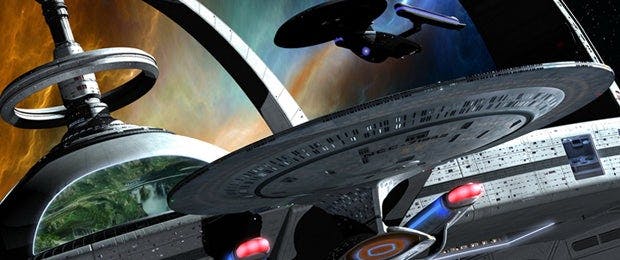
Star Trek: The Fall -- a five-part The Next Generation-Deep Space Nine crossover penned by five popular authors, with covers created by three Star Trek artists -- won’t kick off until, well, the fall. But we here at StarTrek.com are so excited about the upcoming Simon & Schuster project that we’re devoting several days of coverage to it, including interviews and art.Shall we begin? (Sorry, couldn’t resist)
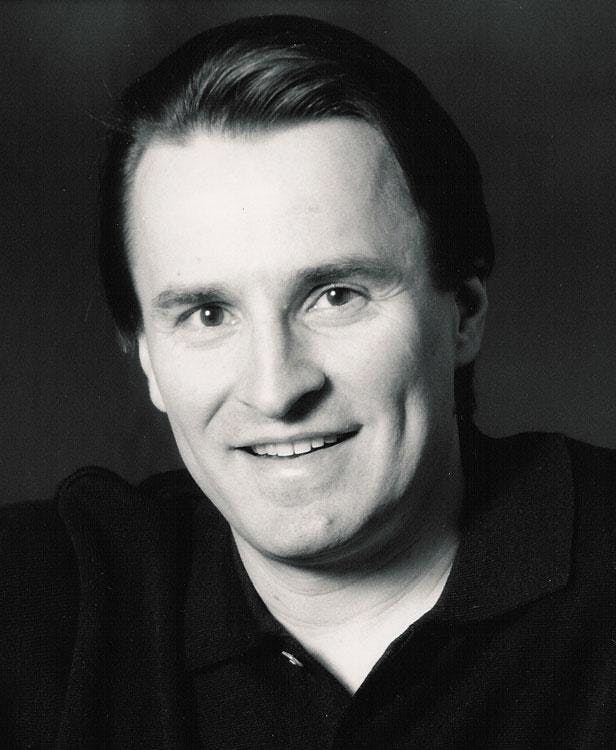
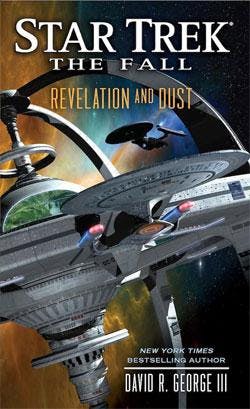



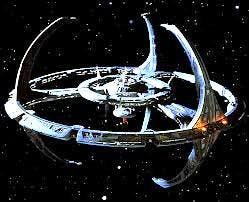
Ro peered down briefly at the small lake off to her right, then cast her gaze in the opposite direction. Atop the highest point in sight, Prynn Tenmei stepped toward the edge of a promontory. The lieutenant wore not her Starfleet uniform, but a formfitting lavender flight suit that contrasted dramatically with her porcelain complexion. Her jet hair—which, though not long, typically rose in wild kinks from her scalp—had been pulled back and gathered into a small bun.
Anxiety mounted in Ro as she watched Tenmei. The lieutenant stood ramrod straight, her arms tucked behind her back. With a quick motion, Tenmei suddenly took one more pace forward, to the brink of the stony outcropping, and then flung herself headlong into the open air.
Tenmei fell in a graceful arc, but at a rate noticeably slower than normal. Even so, she descended fast enough to injure herself—seriously, even fatally—if she struck the ground. Ro knew that couldn’t happen, that local sensors would detect an impending accident and trigger an automatic transport to safety, but she still tensed watching Tenmei plunge toward the park.
Seconds seemed to elongate, and the captain consciously stopped herself from clenching her hands into fists as Tenmei drew uncomfortably close to the ground. When the lieutenant reached a height of perhaps ten meters—surely close to the sensors’ safety limit—Ro expected her to vanish in a blur of white transporter light. At that instant, though, Tenmei thrust her arms out to her sides and waved them downward. The gossamer wings she wore swelled as they caught the air. Her descent slowed, and when she flapped her arms once, twice, her course curved upward. She banked to one side and described a fluid turn, fluttering her wings to gain altitude.
The susurrus of distant applause reached Ro. Satisfied that Tenmei controlled her flight, the captain looked away from Defiant’s primary conn officer and about the park. Around the tree-lined base of the half-dome-shaped enclosure, and interspersed along the footpaths and up and down the knolls, hundreds of her crew had congregated. Although still five days away from the station’s formal dedication and its transition to full operational status, Ro had made the decision to conduct a small celebration ahead of time, exclusively for the complement of the new Deep Space 9.Have you seen the renderings done by Drexler, Probert and Graves? If so, what did you think? Did you work in tandem at all with those guys in terms of the station's function within The Fall storyline? Maybe even give/get suggestions for the inner workings of the space station?
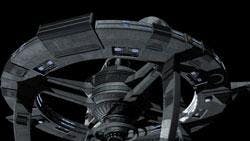
ich I gladly accepted—and I saw numerous renderings. I even took to making some of my own drawings—of a far more basic nature than those of my colleagues; I sketched out my ideas of the station’s basic form, as well as some of its internal details, such as the command-and-control center. The result is a combined vision of my words and their artwork. In the end, Andy and Douglas provided a fantastic digital model of the new Deep Space 9, and Doug Drexler brought it to life in his magnificent cover art. I could not be happier with the results, or with the process that got us there. I’m excited that StarTrek.com is doing this feature, not only because it will help get the word out about The Fall, but also because it is providing readers a glimpse of r of Revelation and Dust, but just because that’s what I wanted didn’t mean that it would happen. Creating artwork requires an artist, which is of course an added expense. In this case, somebody would not only have to produce the cover for the book, but images of a never-before-seen space station would have to be created.Fortunately, when I approached my editors about the possibility of actually seeing the new DS9, they were very receptive. Actually, more than receptive, they were very supportive. They enlisted the aid of longtime Star Trek artist Doug Drexler to craft the cover of Revelation and Dust. In turn, Doug—who has won both Academy and Emmy awards—called upon Trek vets Andrew J. Probert and Douglas Graves to produce a digital rendering of the new station.I provided Doug Drexler with my initial description of the new Deep Space 9 in Raise the Dawn, as well as what I had written in my first draft of Revelation and Dust. He, Andy, and Douglas took my words and turned them into a visual reality. As artists, modelers, and professionals themselves, all three men had their own ideas about what the new DS9 should look like, how large it should be, what it should include, and the like. We exchanged thoughts and suggestions—those three men had some wonderful ideas, which I gladly accepted—and I saw numerous renderings. I even took to making some of my own drawings—of a far more basic nature than those of my colleagues; I sketched out my ideas of the station’s basic form, as well as some of its internal details, such as the command-and-control center. The result is a combined vision of my words and their artwork. In the end, Andy and Douglas provided a fantastic digital model of the new Deep Space 9, and Doug Drexler brought it to life in his magnificent cover art. I could not be happier with the results, or with the process that got us there. I’m excited that StarTrek.com is doing this feature, not only because it will help get the word out about The Fall, but also because it is providing readers a glimpse of the cover and the new DS9.Click HERE for additional details about The Fall: Revelation and Dust.
